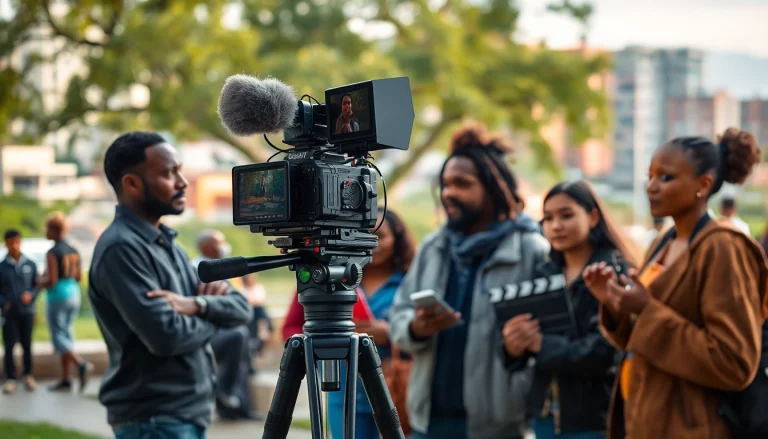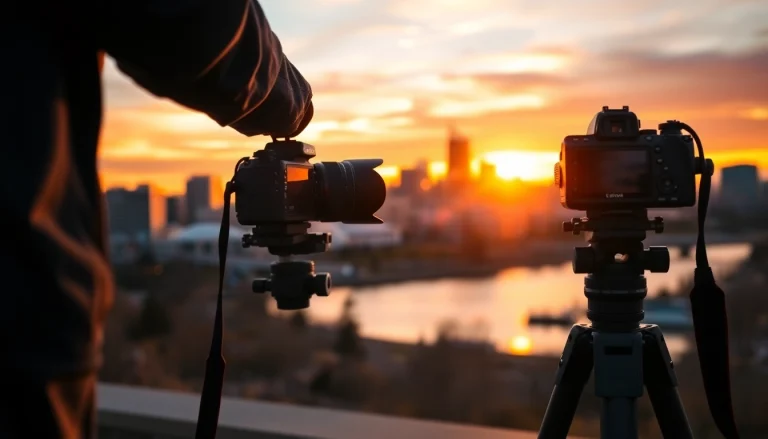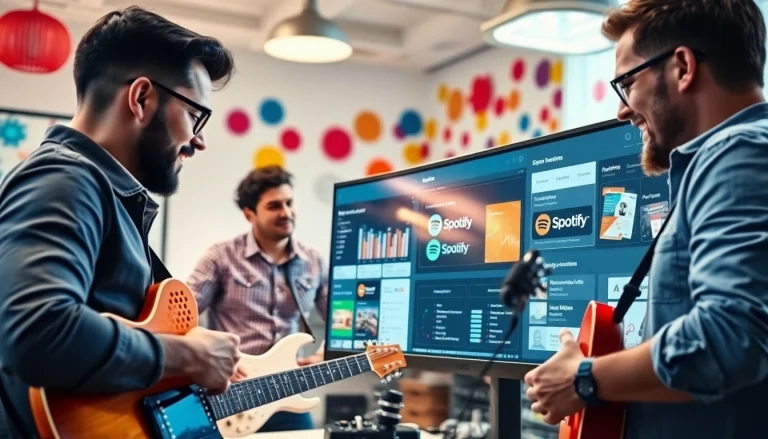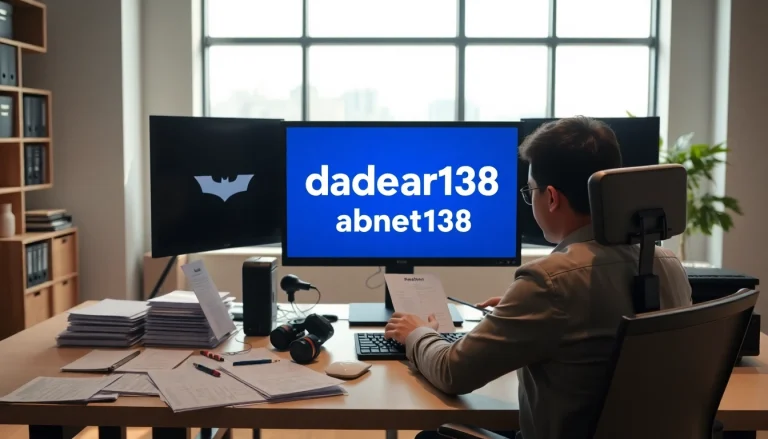
Understanding Chicago Rap Lyrics
Chicago rap is a genre that has forged a unique identity in the music landscape, famously blending street narratives with profound lyricism. The fabric of this city’s rap culture reflects its societal challenges and triumphs, invariably communicating the pulse of its neighborhoods. In examining Chicago rap lyrics, one can appreciate the artistry behind the words and their resonance with fans worldwide.
Defining Chicago’s Unique Sound
Chicago’s unique sound emerges from a blend of various musical influences, including jazz, blues, soul, and contemporary hip-hop subgenres. This fusion results in a dynamic and emotive soundscape, grounding the often difficult and raw narratives that characterize the city’s rap music. The distinctive elements include syncopated rhythms, rich storytelling, and intricate rhyme schemes, making Chicago rap instantly recognizable. Artists like Kanye West and Chance the Rapper encapsulate this sound, merging their personal experiences with broader social commentary.
The Evolution of Lyrics in Chicago Rap
Beginning in the 1980s and evolving into the 1990s and 2000s, Chicago’s rap scene has gone through several transformative phases. Early tracks often incorporated boombap rhythms reminiscent of New York rap, focusing on party themes and local pride. However, as the genre matured, so did the lyrical content. The rise of drill music in the early 2010s marked a significant twist in Chicago rap, with artists like Chief Keef and Lil Durk bringing gritty, often violent themes to the forefront, mirroring the realities faced by many youths in the city.
Key Themes and Messages in the Lyrics
Thematically, Chicago rap lyrics address various social issues, including systemic racism, violence, youth disenfranchisement, and the quest for identity. Many themes stem from personal anecdotes and are deeply connected to the artists’ lived experiences. The emotional weight of these lyrics often starkly contrasts with the celebratory tone found in other genres. The celebration of resilience amid adversity pervades many tracks, allowing listeners to find connection and hope within the struggle.
Influential Chicago Rap Artists
Legends of the Chicago Rap Scene
No discussion of Chicago rap can exclude its legendary figures. Kanye West, whose acclaimed discography draws deeply from his Chicago roots, showcases themes of aspiration, identity, and social critique. His song “Homecoming” honors his hometown, while “Through the Wire” exemplifies his personal struggles and artistry. Another iconic figure is Common, who melds positivity with social justice themes, establishing a foundation for future artists.
Impactful Lyrics from Modern Artists
Modern artists continue to shape the narrative of Chicago rap. Chance the Rapper has emerged as a voice of optimism and a symbol of artistic independence through tracks like “No Problem,” where he emphasizes the importance of perseverance and community support. Similarly, artists like Saba and Noname focus on introspective lyrics, tackling mental health, community issues, and personal growth. This shift towards vulnerability and conscious lyricism fosters a wider audience appeal while maintaining roots in the Chicago experience.
Emerging Voices in the Rap Community
The influx of emerging artists into the Chicago rap scene is diversifying the genre even further. Names like Polo G and Juice WRLD have captured audiences with their emotionally charged lyrics and melodic flows. By addressing mental health struggles and personal loss, these artists resonate with younger audiences searching for authenticity in music. This wave is dispelling myths associated with rap, opening avenues for deeper conversations around vulnerability and identity.
Subgenres of Chicago Rap Lyrics
The Rise of Drill Music
Drill music, originating from the South Side of Chicago, has revolutionized the rap landscape by introducing a darker, harder sound. Characterized by its aggressive beats and raw, honest lyrics, drill gained national attention through artists like Chief Keef. Tracks like “I Don’t Like” not only illustrate the genre’s bravado but also encapsulate the harsh realities faced by the youth in Chicago. In this subgenre, lyrics serve as both a diary of personal struggles and a chronicle of street narratives.
Contributions of Alternative Styles
Beyond drill, Chicago’s rap scene is constantly innovating with alternative styles, such as trap and acid rap. Artists like Vic Mensa and Chance the Rapper explore melodic elements and lyrical complexities that resonate even beyond traditional rap audiences. Tracks like “Ultralight Beam” blend gospel influences with rap, marking a new exploration of spirituality within the genre. These contributions demonstrate the city’s capacity for artistic growth and genre fusion.
Lyricism in Chicago House and Hip Hop Fusion
Chicago’s music scene is also rich in house music, which has begun to influence rap artists, creating a unique blend of hip-hop and electronic sounds. This fusion can be seen in the works of artists like Kaskade and DJ Spinn, who incorporate rap lyricism into house tracks. The rhythmic complexity and lyrical storytelling bridge genres, proving Chicago’s versatility in musical expression.
Analyzing Iconic Chicago Rap Lyrics
Deconstructing Classic Tracks
Delving into iconic tracks provides insight into the complexity and themes prevalent in Chicago rap. For instance, Kanye West’s “Jesus Walks” combines spiritual inquiry with a critique of societal injustices, showcasing the artist’s potential to shape conversations through music. The synth-heavy production paired with meaningful lyrics demonstrates artistry while instigating dialogue around race, faith, and public perception. Each lyric serves a purpose, often addressing the struggle for acceptance and understanding amid adversity.
Comparative Analysis of Artists’ Lyrics
Comparing the styles of different artists illustrates the diversity within Chicago rap. For instance, Lil Durk’s more autobiographical approach contrasts with Chance’s uplifting narratives. Durk’s gritty realities often reflect the harshness of his upbringing while Chance’s uplifting themes resonate across communities. Through such contrasts, listeners can appreciate the varied portrayals of life in Chicago and the individual voices that contribute to the wider narrative.
The Role of Chicago’s Culture in Shaping Lyrics
The cultural backdrop of Chicago significantly influences its rap lyrics. Landmarks, local incidents, and historical events become integral to the storytelling process. Songs often reference streets, neighborhoods, and events that symbolize both pride and pain. This rich cultural tapestry facilitates a natural flow of connection between the artist and the audience, inviting listeners to engage with the city’s history and experiences through lyricism.
The Future of Chicago Rap Lyrics
Adapting to Technological Changes
As technology evolves, so do the methods of music production and distribution. The rise of social media platforms allows artists to share their music directly with audiences, bypassing traditional gatekeepers. This democratization of the art form will lead to innovative collaborations and a broader range of voices within Chicago rap. Platforms like SoundCloud and TikTok offer younger artists a stage and allow their lyrics and stories to resonate globally.
Lyrics and Social Movements
Chicago rap continues to play a pivotal role in social movements, with artists using their platforms to advocate for change. The Black Lives Matter movement, for instance, has drawn engagement from numerous artists, who have entwined social issues in their lyrics. As seen with the works of artists such as Saba and Vic Mensa, there is a growing emphasis on activism intertwined with artistic expression, signaling a shift towards intentionality in the messages conveyed through music.
Preserving Authenticity in an Evolving Scene
While the landscape of Chicago rap evolves, maintaining authenticity remains crucial. Artists face the challenge of adapting to new trends without losing their unique voice or the core messages that define their work. As globalization and commercialization influence music, the ability to stay true to local narratives while appealing to a broader audience presents a delicate balancing act. The future of Chicago rap lies in the resilience of its artists to preserve their narrative while embracing change.






